Different kinds of valves are used in many machines. Thus, valves are key parts of big industries. They help ensure the pressure is right. They do it by keeping control of where and how fast fluids (water) and gases (air) move in the systems. In general, industrialists should know the differences between various kinds of valves. Whether you are a valve seller, established systems, or a user doesn’t matter. This knowledge is necessary. That’s why understanding valves like Air and Snifter valves make a big difference. These valves will keep your systems up and running in a smooth manner and keep them in good condition. Let’s learn more about Air Valves and Snifter Valves in detail!
Understanding Valves
Valves are made to control how liquids, gases, and mixes move through systems. They function by opening, closing, or blocking the incoming liquid or gas pathway. This way, valves ensure the smooth flow of the respective entity. Then, they make up the whole system of flowing liquids or gases for various purposes.

Simple valves are normally used in home plumbing systems. However, big chemical industries and power plants also use valves. These valves allow the movement of fluids and gases without any inconvenience.
That’s why valves are extremely useful. Their existence keeps the flow in check. Thus ensuring the efficient working of systems without any waste or breaking. In addition, valves also provide safety. They are used in emergency situations to stop the flow of harmful gases and liquids. With that, valves keep both humans and their environment safe from danger.
Knowing about how pressure and flow work is the base for understanding valves. This knowledge helps make designs that do exactly what they’re meant to do.
Getting how valves work, including air and snifter valves, means they can be used in the best way. This makes systems work better for longer.
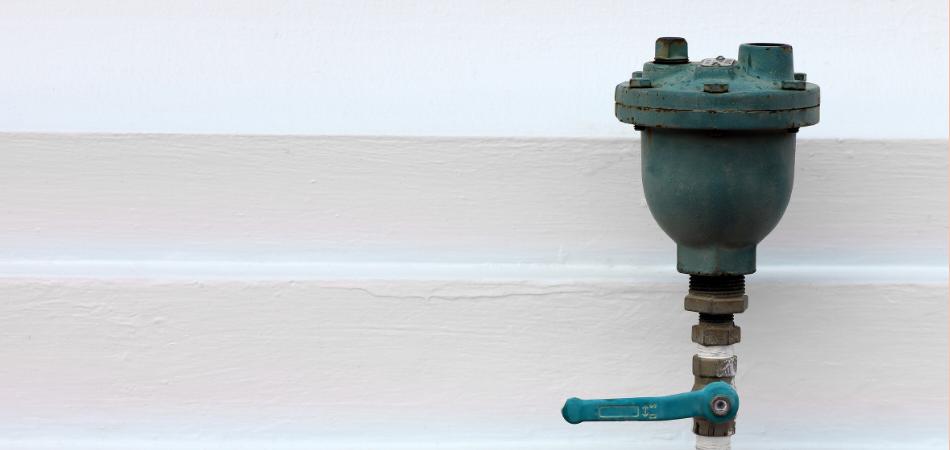
Air Valve Vs. Snifter Valve: The Comparison
Air and Snifter valves are tools designed for different but similar tasks. Both are essential in managing air in systems. But each serves its respective role. Understanding their distinctions will enable businesses to make educated choices. Especially when selecting which valve to use for specific projects or purposes.
Air Valves
Air valves have a special purpose. They are made to let go of air or gas that builds up in fluid systems. These pockets gather at places high up in these systems. By doing this, the valves keep the system running well. They also stop issues like water hammering. This can damage the whole system. Air valves release extra air. This helps their systems run smoothly. This is crucial in water transport systems. In these systems, we must ensure the flow and pressure are right.

When to Use: Air valves are best used in systems where the effective removal of air is critical. To maintain system efficiency and protect against potential damage.
Effectiveness: Very efficient at air removal. This can enhance system performance and longevity.
Possible Issues: Keeping them completely functional requires regular maintenance. This is because pressurized systems subject them to wear and tear. This erodes their effectiveness over time.
Snifter Valves
Snifter valves are particularly used with air pumps or compressors. They let air escape when water or another liquid gets pumped into a pressure tank. This allows an equal air-to-water/fluid ratio mix within the pressure tank. This helps ensure the effective operation of your system.
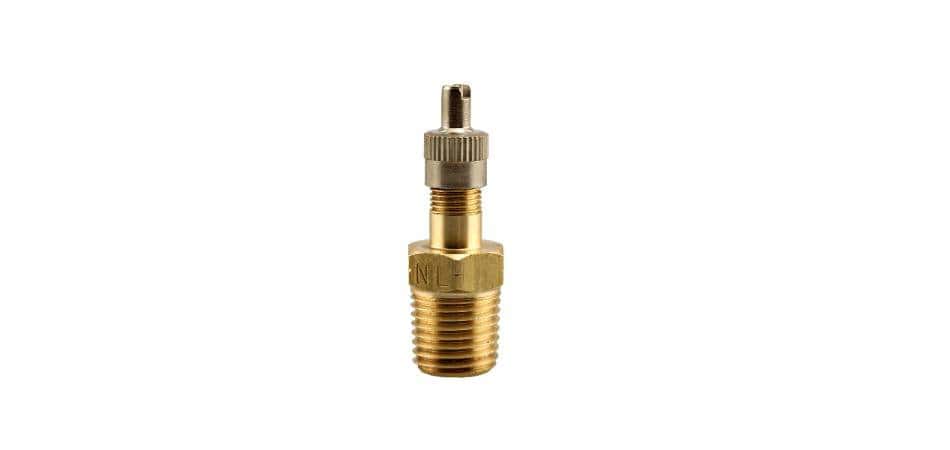
When to Use: Snifter valves are advisable in systems using pressure tanks. For example, well water systems. Maintaining the appropriate air charge within these tanks requires precision.
Effectiveness: They are effective in maintaining the balance in pressure tanks. They help to ensure optimal operation.
Possible Issues: Snifter valves, such as air valves, need ongoing monitoring and maintenance. It helps to prevent them from becoming blocked. This can alter the air balance within your system and how efficiently air flows.
Technology Comparison: Air Valve Vs. Snifter Valve – Which is Better?
Comparing air and snifter valves doesn’t determine which is superior. Instead, it depends on which best suits a given application. Air valves provide efficient air release. It helps avoid issues like water hammering. They also boost flow efficiency for systems such as refrigeration units.
On the other hand, Snifter valves are particularly made for pressure tank-equipped systems. Such systems need maintenance of air-to-water balance. It is vital to system operation and optimal performance. Each snifter valve is made differently to address each fluid system’s problems.
Installation: Air Valve Vs. Snifter Valve – Which is Easier to Install?
Installation can differ between air valves and snifter valves. It depends on which system they’re used in. Air valves are generally found in pipelines. They tend to attach at points where air naturally collects. Snifter valves need more steps. They connect where air naturally pools at its highest points for quick installation.
Snifter valves, by contrast, are generally utilized with air pumps or compressors. They must be carefully installed to maintain air pressure within tanks effectively. Their installation, thus, depends more on system specifications and familiarity. Depends less on individual valves themselves.
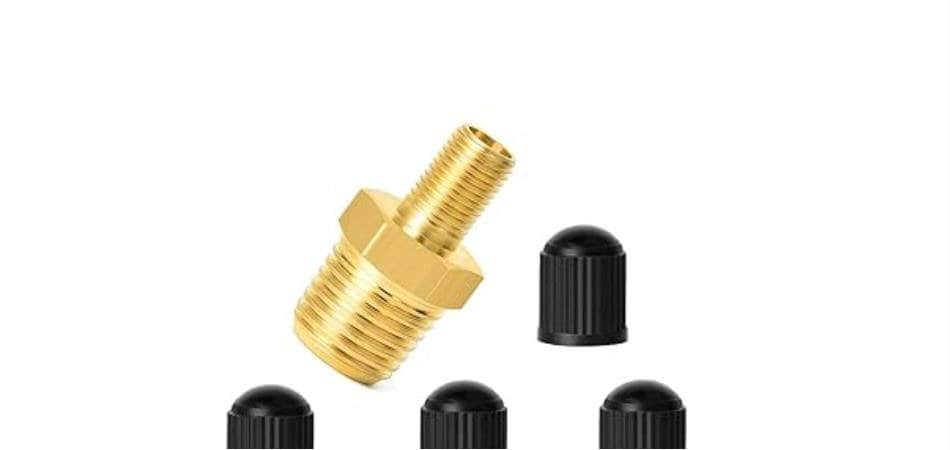
Maintenance Required for Each
Air and snifter valves need periodic maintenance to remain long-lived and functional. However, the exact nature of this maintenance varies between different types.
Maintenance of Air Valves
Air valves may accumulate debris that prevents them from releasing air efficiently. This necessitates regular inspection and cleaning to restore proper performance. Furthermore, worn seals or moving parts may need replacement. This way, leakage or malfunction of leakages can be avoided.
Maintenance for Snifter Valves
Routine maintenance on snifter valves generally includes checking for blockages. You also have to ensure their calibration. It allows the correct amount of air to escape from pressure tanks. These valves work directly with pressure tanks. This maintaining an appropriate air-to-water ratio balance is critical to system performance. Wear-and-tear on these parts may necessitate parts for cleaning or even replacement.
Both valves need periodic maintenance. But, their specific needs vary. They are based on their applications in fluid and pressure systems. Regular, scheduled upkeep of both types is crucial to operate well. This will also extend the system’s lifespan.
Type of Valves
The types of air valves and snifter valves vary. For industrial uses, it is crucial to understand each valve in-depth. This includes how they work and their respective applications.
Air Valves: An Overview
The role of air valve manufacturers lies in creating systems. These systems release air pockets from water systems. This takes place as the fluid gets pumped through them. Thus aiding flow regulation in various industries and helping ensure safe operations. They play a central part in this regulation process. They also ensure systems run safely and efficiently.
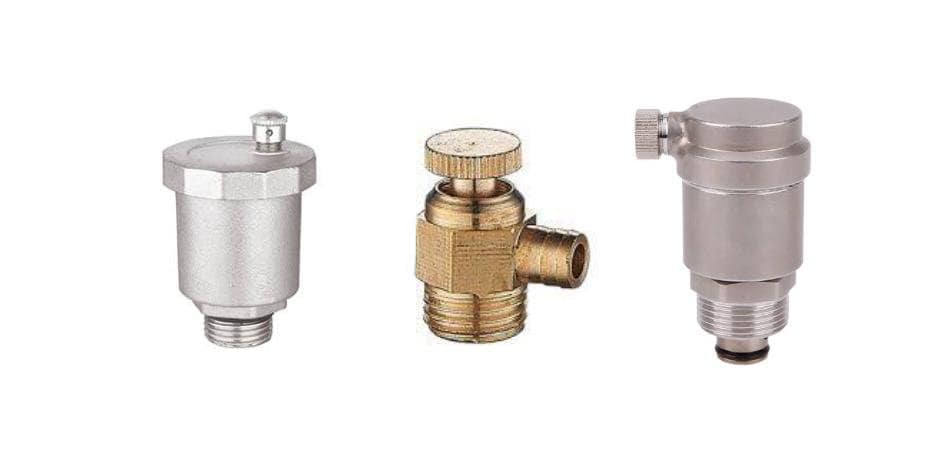
How Air Valves Work
Air valves automatically release air pockets that accumulate at high points within systems. As fluid enters a valve, dislodging air pressure increases, closing it. But as soon as fluid pressure decreases again, more air reenters and reduces. This opens it back up, thus expelling excess air from your system.
General Applications
Air valves have become an invaluable component in industrial operations. They are used in water transportation and hydraulic systems. They release air from such fluid systems.
Pros and Cons of Air Valves
Here are some important pros and cons of Air Valves:
Pros
- Improve flow rate by decreasing airblocks.
- Guard against water hammer and other risks caused by trapped air.
- Increase whole system efficiency.
Cons
- Regular maintenance and cleaning are needed to avoid clogs.
- Wear and tear due to pressure variations can result in leakage or malfunction and should. Thus, be regularly attended to.
Snifter Valves: An Overview
Snifter valves are essential in controlling air pressure within systems. They link best with air pumps or compressors used in pressure tank installations.

How Snifter Valves Work
Snifter valves allow air to escape when water or another fluid enters a pressure tank. This helps ensure an appropriate air-to-water ratio maintenance and effective system operation.
General Applications
Snifter valves are an essential element in well-water systems pressure tanks. They are also used in various hydraulic applications.
Pros and Cons of Snifter Valves
Here are some important pros and cons of Snifter Valves:
Pros
- Effective in maintaining equilibrium for pressure tank systems.
- Increase system efficiency by maintaining an ideal air charge in each tank.
Cons
- Regular maintenance is a must to avoid becoming blocked
- Improper calibration could disturb its balance and inhibit performance.
Air and snifter valves are integral in controlling fluid systems. Although their functions differ much in meeting specific applications and system needs, Their unique functionality helps ensure smooth operations of various fluid environments.
Air Valves Vs. Snifter Valves: Industry Uses and Examples
Let’s look at some industrial uses of air valves and snifter valves. We’ll also discuss some relevant examples of each:
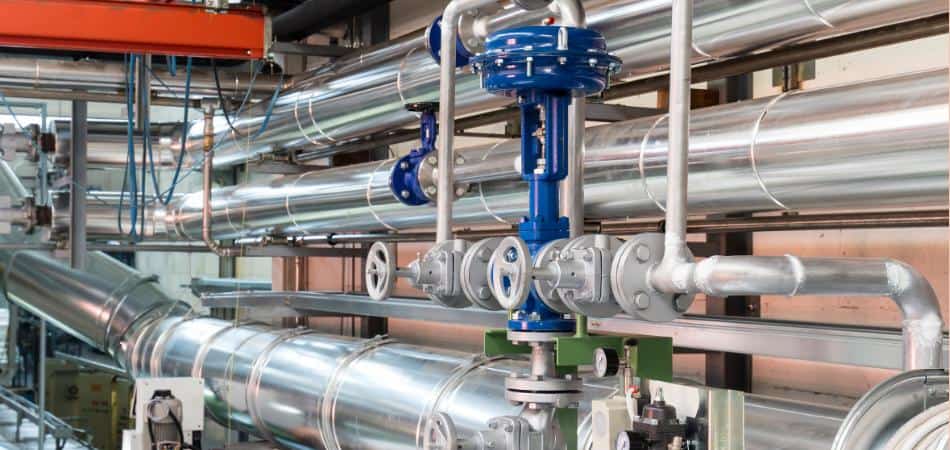
Air Valves
Here are the uses and examples of Air valves:
Water and Wastewater Treatment
- Usage: Managing the air in pipelines to prevent water hammering and to improve flow.
- Example: Applied to water distribution systems. This guarantees a smooth operation flow and protects against damage to the system.
Chemical Manufacturing
- Usage: Preventing the formation of vacuum conditions. Also, it is essential to make sure that there is efficient chemical flow.
- Example: Integration in chemical feed systems. This ensures operation optimization and prevents air lock situations.
Mining and Minerals Processing
- Usage: Air release from slurry pipelines can increase flow rates. It also decreases the energy consumed by pumps.
- Example: Useful in tailings pipelines for managing air entrainment and optimizing flow.
Snifter Valves
Here are the uses and examples of Snifter valves:
Residential and Commercial Water Systems
- Usage: Maintain an air-to-water equilibrium in pressure tanks. This provides consistent water delivery and pressure levels.
- Example: Employed in well water systems of homes and small businesses. They regulate pressure and avoid pump cycling.
Agriculture Irrigation
- Usage: Controlling air pressure within irrigation systems to optimize water delivery.
- Example: Used in irrigation pumps and storage tanks. They efficiently operate water usage while upholding system pressure for crop irrigation.
Fire Protection Systems
- Usage: Air management of pressurized water storage tanks. They help in fire suppression, which requires air management expertise.
- Example: Installed fire protection systems. They maintain readiness and ensure safe operations during emergencies.
These industry solutions show how air and snifter valves are customizable. This way, they fit specific operational needs across various sectors. Thus contributing to optimizing and increasing system reliability globally.
Suggestions from Valve Manufacturers
Valve manufacturers provide buyers with information and insight from their years of experience. They assist them in making informed purchasing decisions between Air and Snifter valves:
Establish Your System Requirements
Understanding your system requirements is the cornerstone of successful planning and design. Air valves excel at venting trapped air from fluid systems. Meanwhile, snifter valves help balance the pressure tanks’ air-to-water ratio.
Check Performance Characteristics of Valves
Select an ideal valve by considering pressure ratings, flow coefficients, and other specifications. Especially when matching it to the system’s operating characteristics. Consider durable valves that can withstand harsh working environments. Such valves will provide the best performance in the long run.
Maintenance Considerations
Understand your valve’s maintenance needs before selecting it for use. All valves need periodic upkeep and care. However, their frequency and complexity depend on their design and usage.
Consult With An Expert
Consult an expert for an opinion if you need guidance in meeting your requirements. A professional’s years of practical knowledge and experience could prove invaluable.
Search for Reputable Manufacturers
In your search for reliable manufacturers, you should consider their track record. Especially check for records and reviews about product quality and durability.
Your goal should not only be selecting either an air or snifter valve. Finding the optimal valve solution requires developing an extensive knowledge of both types. Finding an appropriate option requires knowing your system requirements and each type’s advantage.
Frequently Asked Questions
Following are some frequently asked questions:
What are the different types of Air valves?
Air valves come in three main types:
- Small air valves: These valves let out small amounts of air.
- Large air valves: These valves are for when a lot of air needs to get in or out.
- Combination air valves: These can handle both small and large air amounts!
What is the air valve also called?
People often call an air valve an “air release valve.” It is a proper term because it helps release air from the pipes!
What is the meaning of Snifter?
A “Snifter” is a type of valve. It helps to keep the right balance of water and air in a big container. It removes small amounts of air to make sure everything is just right.
Can I use an air valve for water?
Many air valves are made to work best with clean and not wet air. If water gets inside these valves, it can make them rusty or break faster.
Conclusion
Finding and selecting an air or snifter valve explicitly made for your system is tricky. It depends upon a deep understanding of its specific requirements and operational goals.
Please take the next step toward operational excellence today by consulting our experts. You can access our latest industry reports as well. These can guide you in your valve selection process.
